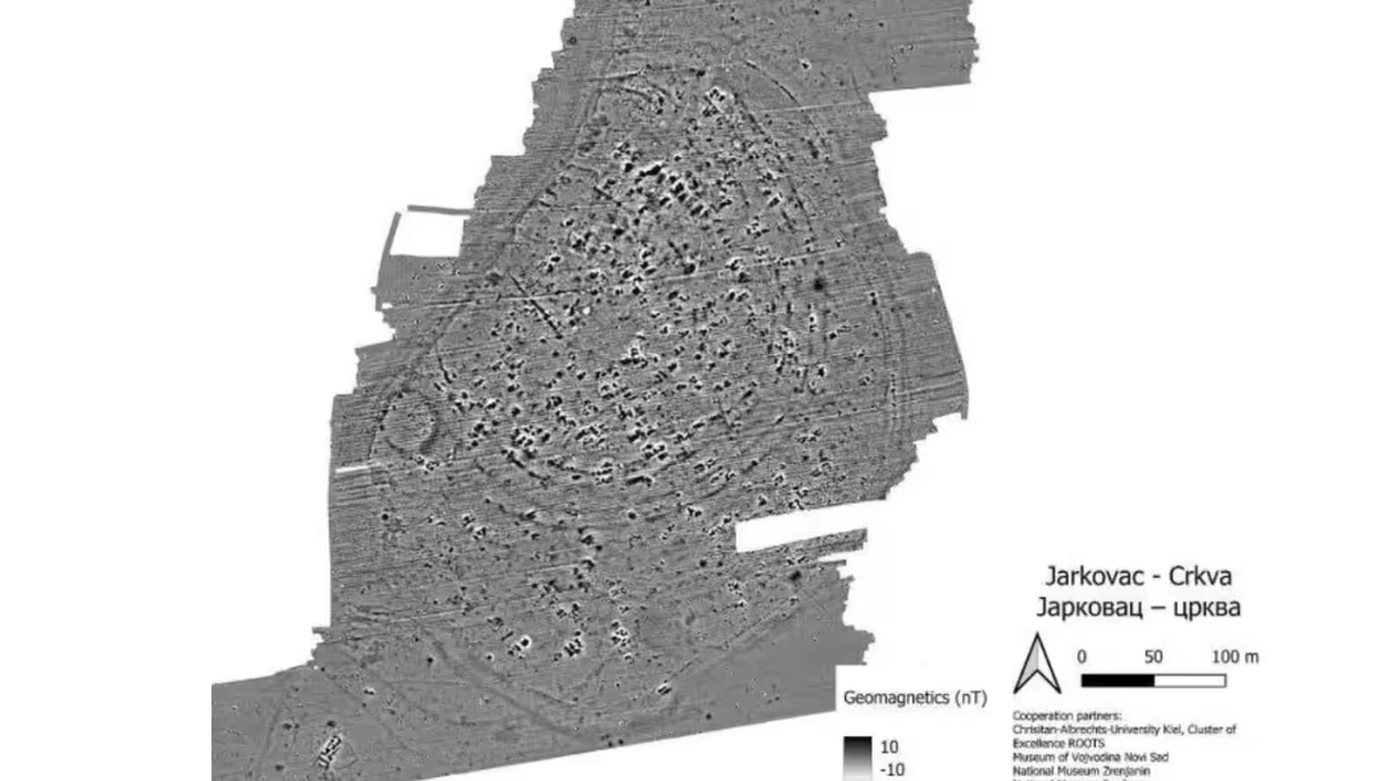Archaeologists in southeastern Europe have recently excavated a large prehistoric settlement near the Tamiš River in Serbia's Banat region. This significant find dates back to the late Neolithic period, around 7,000 years ago.
Discovery Details
Led by Martin Furholt from the Institute of Prehistoric and Protohistoric Archaeology at Kiel University, the team used advanced geophysical techniques to map the area. They revealed a settlement that once spanned 11–13 hectares and was protected by multiple ditches.

Cultural Significance
This area was primarily associated with the Vinča culture, known for creating some of the largest prehistoric settlements in Europe. Artifacts found at the site link it to this influential culture, which spread across much of southeastern-central Europe from 5400 BC to 4400 BC.
Regional Influences
The settlement also shows influences from the local Banat culture. Fynn Wilkes, a co-leader of the research team, notes the importance of these findings in understanding the broader prehistoric cultures of the region.
Future Research
Ongoing studies at the site aim to provide deeper insights into the social structures and technological advancements of the time. Southeastern Europe is crucial for studying early human history, including the origins of metalworking and the development of societal hierarchies.








